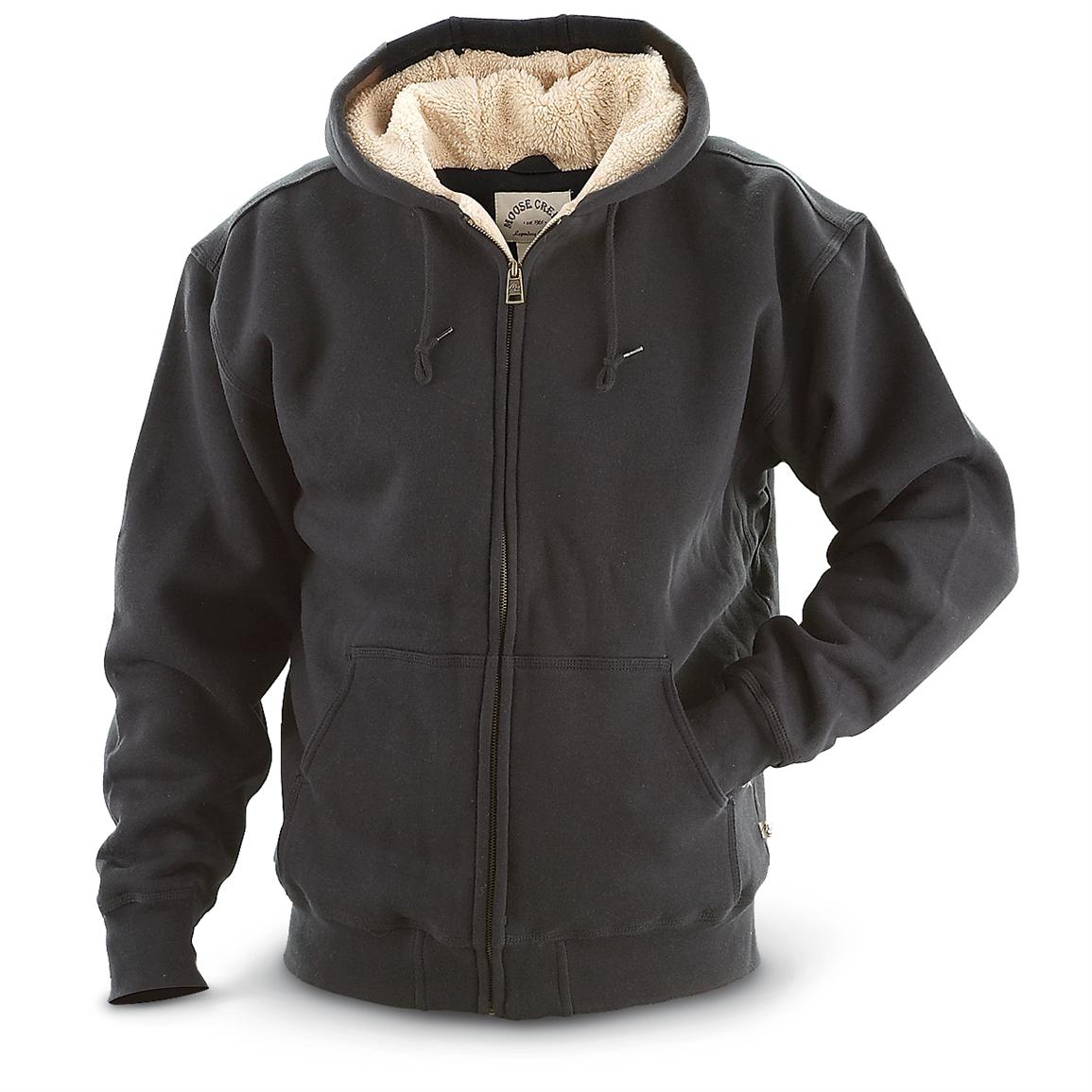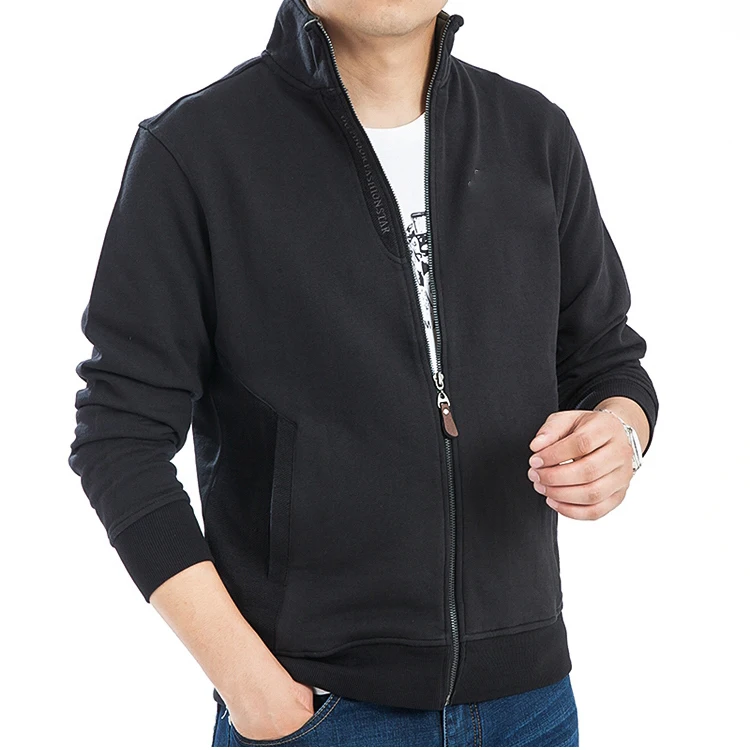What To Look For When Buying a Sweatshirt

Sweatshirts are long-sleeved, pullover tops that are made of thick cotton cloth. They are typically worn casually and are not as formal as sweaters or cardigans. They might not come with the or hood. If you are interested in purchasing a sweatshirt, here are some tips:
The appeal of Norma Kamali was spread by the use of sweatshirts
Since the end of the 70s and into the late '70s, Norma Kamali has transformed the basic sweatshirt into an art form. Her designs have become the staple of almost all women's wardrobes. Her distinctive styles vary from a tummy-tucking neckline to thick leather sweatshirts. She also has created clothes with unusual shapes, such as an oversized tank top that has a long trumpet skirt.
A collaboration between the designer and sweatshirt manufacturer Everlast led to her Timeless line, which was an instant hit when it appeared in Spiegel's spring 2006 catalog. sweater shirts featured knits that could be interchangeable or convertible in classic silhouettes, and many pieces were priced under $20. Even the The Norma Kamali Timeless collection was not available in stores, fans were able to find the pieces on eBay as well as Poshmark.
Merino wool sweatshirts are more comfortable than soft sweatshirts
Merino wool is known for its ability to wick moisture away, which helps to keep you comfortable and dry. Merino wool is an organic fibre that also offers a smoother and more comfortable feeling. It is also quick to dry compared to other natural material. In addition, it is a renewable resource. The merino sheep shed coats each year and grow new ones.
The weight-to-heat ratio of merino wool is what makes it a popular choice for sweatshirts. It helps to regulate the temperature of your body due to its loft which naturally retains heat between the fibers. This is the reason Merino wool sweatshirts work perfect for summer and outdoor activities like hiking, mountain biking and running. The warmth it offers helps keep the wearer comfortable and dry. sweat shirts is crucial for working out.
sweat shirts -front hoodies have kangaroo pocket
Kangaroo pocket hoodies are a popular style of hoodies. They feature a big pocket in the front, which keeps your hands warm on chilly days. They're also more practical than traditional pockets as they allow your hands to slide into and out with ease.
Kangaroo pockets are typically large enough to hold the wallet, or other small items for personal use. They're typically long enough to fit the palm of a hand that is small and are sufficient to hold two hands. They are wide on either side , and can be used to carry small objects.
French terry fabric is a popular fabric for sweatshirts
The French Terry fabric is composed of soft yarns that are knitted into loops and are usually mid-weight. It is also known because of its capacity to absorb away moisture and is pre-shrunk. French Terry is an excellent choice for sweatshirts because it will keep you warm when you're in need and helps keep your cool when you want to cool off.

French Terry is also popular for loungewearbecause it is stretchy enough and has enough flexibility to feel comfortable when you touch your body. It also allows enough air to circulate through the fabric, making it ideal for layering underneath other clothes. Additionally, since it's lighter than other sweatshirts you can wear it all through the year without feeling warm or cold.
Hoodies are classy and have a connotation of class.
Although it could appear that hoodies are an appropriate garment for people of the working class, the reality is that they carry classist connotations. Hoodies first became popularized in the early 70s New York, where graffiti artists would wear them to conceal their identities. In 1976 the hoodies were made famous in their appearance in the film "Rocky," when the working-class main character was seen wearing hooded gray sweats on his memorable climb to the top of the steps of the Philadelphia Museum of Art.
Hoodies are often associated with death, destruction and other unpleasant things, and yet they also serve practical purposes. For instance, priests and monks may wear hoods to show respect and a sense of self-control.

